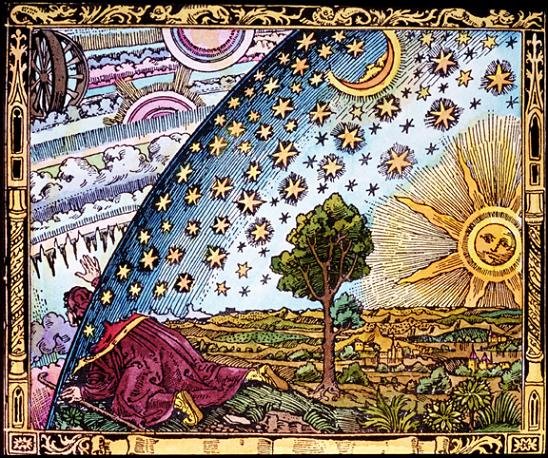Yesterday I went to the Oregon State Capitol for several meetings. First I sat in on a meeting with the director of the Oregon Watershed Enhancement Board (OWEB is a major source of funding for watershed councils in Oregon). I learned some interesting considerations for applying for economic stimulus money for environmental projects.
Here’s how it seems… there is going to be economic stimulus money on both the state and federal levels. However, the state level funding is going to be under a lot more public scrutiny and media coverage. Therefore, projects that are obviously going to equal improvements and jobs (i.e. piping, culverts, and bridge projects) are more likely to get approved. The down-side of federal level money is that it will take longer for the money to trickle down to the “on-the-ground” jobs.
Then I sat in on a signing ceremony of the Oregon Solutions project to build a Charleston Ocean and Coastal Center that would house administrative space, lab space, meeting space, and public interpretive displays for the Coos Watershed Association (that’s me!), the Oregon Institute of Marine Biology, the South Slough National Estuarine Research Reserve, and the Oregon Department of Fish and Wildlife’s local office. Oregon Solutions projects are governor-appointed projects that will help to build the economies and communities of Oregon towns while considering the environmental impacts. However, today marked the end of the Oregon Solutions part (which was to bring all of the stake holders together) and now all we need is to finalize the architectural designs (get it “shovel-ready”) and then find funding to build it.
My favorite part was hearing the University of Oregon Department of Real Estate and Planning present site layout plans. I really liked how the U-shaped building option considers the sun’s aspect and the prevailing wind patterns to create a more sheltered outdoor visitor area – especially in the summer. Did you know the three small state parks in Charleston get a combined 1.2 million visits per year?
On the way out of the capital building I found a smashed penny machine and got the beaver (the wetlands engineer that eats our willow walls) and the salmon (the reason why we are restoring a lot of in-stream habitat).
Subscribe to:
Post Comments (Atom)



No comments:
Post a Comment